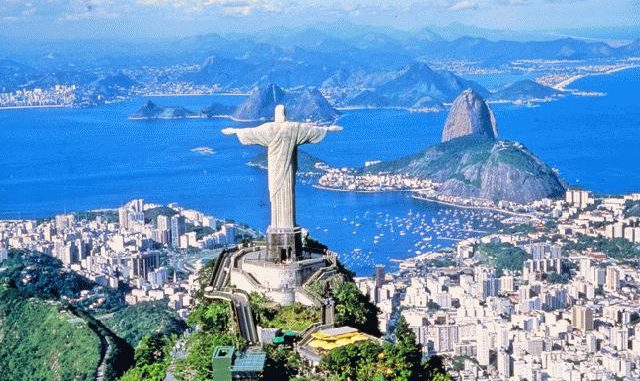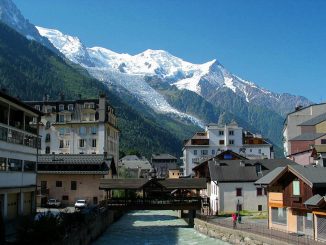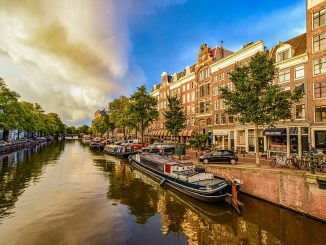
The Colossus of Rhodes, the Hanging Gardens of Babylon and the Temple of Artemis may all sound familiar to us, and perhaps we’ve all heart about them, but their true nature will remain mysterious for us until we see them with our own eyes.
Today we will review some of the amazing sights that have become the seven wonders of the world that still exist today. Think of this list as the perfect long-term travel itinerary.
The ancient city of Chichén Itza is located on the Yucatan Peninsula, Mexico. This famous Mayan city has been a religious, political and economic center for hundreds of years. The Pyramid of Kulkulkán, also known as the El Castillo, is undoubtedly one of the most famous ruins of Chichen Itza. This pyramid stands at an altitude of approximately 80 feet, and it has nine terraces and four sets of stairs. Each of the stairs has 91 degrees. The pyramid has a total of 365 steps if you sum everything up, so there’s one stair for each day of the year.
Christ the Redeemer Statue – Brazil
This statue of Christ is one of the most famous landmarks in Rio de Janeiro. It sits 98.5 feet above the top of Mount Corcovado, which itself stands 2,300 feet tall. This beautiful statue welcomes both local residents and visitors from all over the world. It weighs just about 700 tons, and is made of concrete and soapstone. If you want to get closer to it and analyze it thoroughly, you can ride a cogwheel steam on a 2.3 mile slope. Remember to get a good rest in the middle of the ride though, because you have more than 200 steps to climb to get to the bottom of the statue.
If you are a fan of the Gladiator movie, you definitely need to go check out the Colosseum. It was built in Rome sometime around 70 AD and was the first large amphitheater, completely freestanding. Others were usually built in the sides of hills or mountains, to provide stability. Various gladiator fights, re-enactment of famous battles and others, used to be shown there to an audience of 50,000 spectators. Today the Colosseum still stands, even after some renovations in the 1990s, wear caused by bad weather, natural disasters and vandalism. Thousands of visitors rush to see this magnificent amphitheater every day.
This 42-acre marble mausoleum is located in Agra, India, and is a stunning Indian landmark. The fifth Mughal emperor, Shah Jahan, built the monument for his deceased wife, Mumtaz Mahal, who died during the birth of one of her children. Construction began shortly thereafter in 1631 and continued for more than two decades. It required more than 20,000 workers and cost several million rupees at the time.
We have all heard that myth stating that the Great Wall of China is the only man made thing visible from space. However, this is not true, according to NASA. Forgetting about the famous space myth, The Great Wall of China is certainly a modern wonder. Contrary to popular belief, the wall is not one continuous structure. It is composed of several separate and connected structures that connect its main pars. The wall stretches over approximately 4,500 miles.
Located in the southwest of Jordan, they are the ruins of the ancient city of Petra. Massive temples, tombs and monuments were carved into the surrounding sandstone peaks. Petra in Greek means “rock”, and it has also been called “rocky city”. Perhaps the most important and impressive structure in Petra is what is known as the Treasury — a tomb carefully carved and finely decorated. Besides the renowned tombs and monuments, Petra is also famous for its highly developed water system, which includes ceramic pipes, complex water channels and cisterns.
If Petra is the city of rocks, Machu Picchu is the city of the clouds. Built in the 15th century between the two peaks – Old Peak and Huayna Picchu (New Peak), it stands an astonishing height of 7,710 feet. This ancient city is often mistaken for the lost city of Inca, as it stayed hidden in the forest for more than three centuries. Professor Hiram Bingham was the one who rediscovered the city in 1911. Ever since, exploration research has shown that the city used to be home to about 1,200 people at its peak, and today it is one of Peru’s major tourist attractions.



Be the first to comment